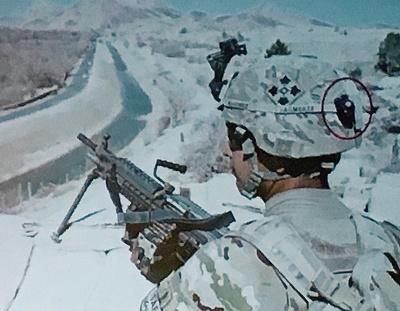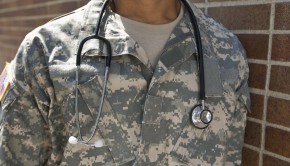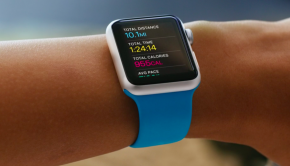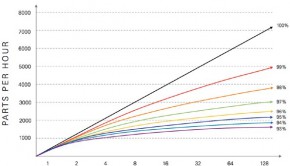Military Targets Wearables, Bioelectrics
SAN FRANCISCO—Members of the U.S. Armed Forces may be the toughest consumers of all, especially when it comes to wearables. The demand for precision technology that isn’t clunky and has a long battery life far exceeds that of the traditional wearable market.
“When it comes to wearables in the military, the calculus is very different,” said Pae Wu, a scientific consultant to DARPA (Defense Advanced Research Projects Agency), which commissions advanced research for the Department of Defense. “Ultimately, it must be able to support and advance a warfighter execute on his or her mission.”
The U.S. military makes great use of smartphones, Wu said, noting that she is not a representative of DARPA. The move to wearables requires significant “situational awareness” and “actionable data” beyond tracking vital signs like heart rate.
“Nobody in the military cares if a technology is neat if it doesn’t provide data that allows [fighters] to take a decision [in combat],” Wu said.
To that end, DARPA is interested in environmental information such as maps, real-time intelligence, and location tracking of other troops, as well as the emerging area of “warfighter readiness.” Here, a wearable would tell users about their physiological state—whether a fighter is properly hydrated, over stressed, or suffering from cognitive fatigue.
Full article by Jessica Lipsky, EE Times
































































































































































